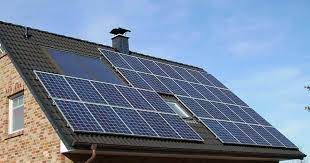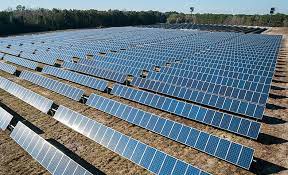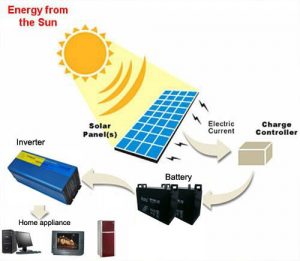
The sun is a star that is in a constant state of nuclear fusion. Solar energy is the product of this nuclear fusion reaction and it is what powers our sun. The sun emits this solar energy in the form of electromagnetic radiation. This radiation travels through space and eventually reaches the earth where it is then used to power different things like plants, animals, and the weather.
Solar energy is a topic of debate. Is solar energy potential or kinetic? To answer this question, we must first understand the difference between potential and kinetic energy.
Contents
Potential Energy
Potential energy is the stored energy in an object. It has the ability to do work but is not currently doing work. For example, a rock at the peak of the hill exhibits potential energy as it could roll down the hill and do work (for example, crushing a can). The amount of potential energy an object has depends on its height and mass. The higher an object is, the more potential energy it has. The heavier an object is, the more potential energy it has.
Kinetic Energy
Kinetic energy isdefined as the energy present in motion. An object with kinetic energy is currently doing work. For example, a car speeding down the highway exhibits kinetic energy. The amount of kinetic energy an object has depends on its speed and mass. The faster an object is moving, the more kinetic energy it has. The heavier an object is, the more kinetic energy it has.
The interpretation
Solar power is actually both potential and kinetic energy. The sun emits solar radiation which contains both types of energy. When this radiation reaches the earth, it contains both potential and kinetic energy. The amount of energy that is contained in the radiation depends on the distance that it has traveled. The closer the radiation is to the sun, the more potential energy it has. The further away it is from the sun, the more kinetic energy it has.

The movement of the sun across the sky also affects the amount of potential and kinetic energy in the solar radiation. When the sun is directly overhead, the solar radiation has maximum potential energy. As the sun moves away from being directly overhead, the solar radiation starts to lose some of its potential energy and gains more kinetic energy. By late afternoon, the solar radiation will have more kinetic energy than potential energy.
Conclusion
That’s all there is to it! Solar energy consists of both potential and kinetic energy. Solar radiation, which comprises both forms of energy, is emitted by the sun. This radiation has both potential and kinetic energy when it reaches the earth. The quantity of energy contained in the radiation depends on the distance travelled as well as how close or far the sun is to being directly overhead at any particular time. You may now wow your friends with your understanding of solar energy!



